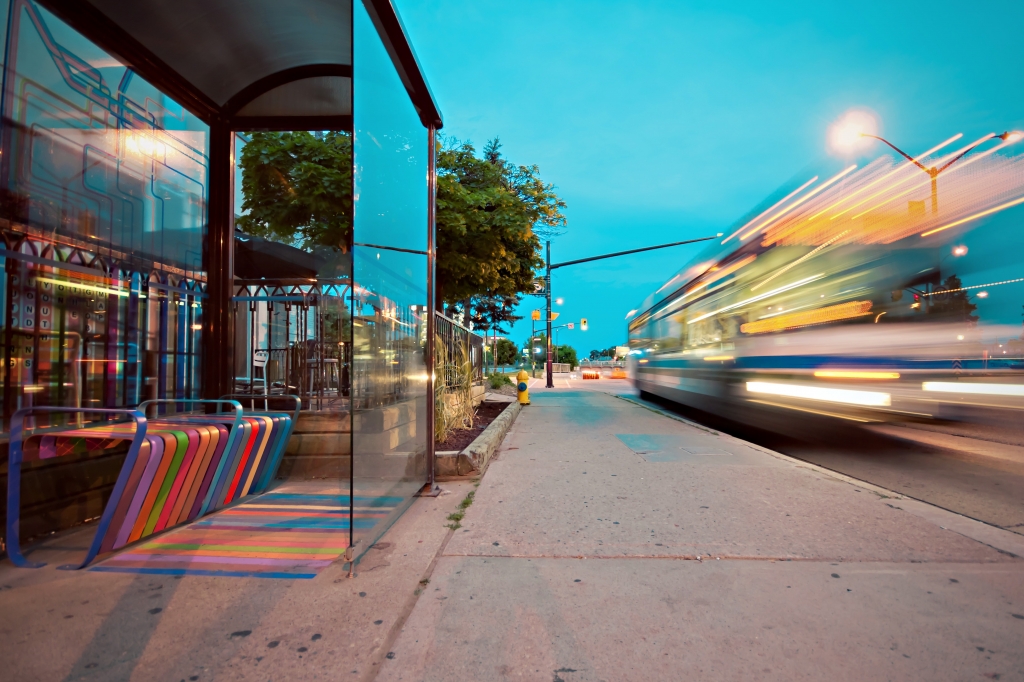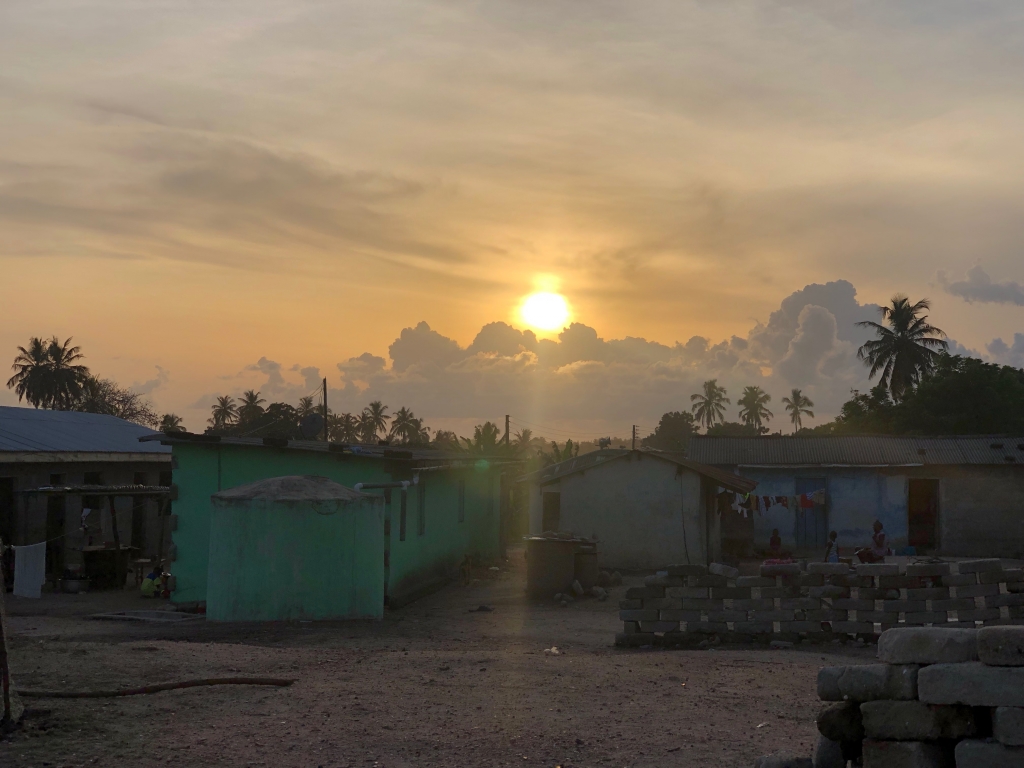Migration: An historical, yet contemporary phenomenon
Regarded as one of our contemporary world’s biggest issues, migration has been a persistent topic of discussion throughout the history of mankind. The reasons for the everlasting discourse are many, but there are certainly three overarching ones;
- That migration is actively taking place
- That it’s largely widespread
- That migration is subject to controversies
The first two reasons are fairly straightforward; given that it’s a relevant topic in our modern world, it will undoubtedly be discussed by scholars, activists or simply your next-door neighbor.
The third, however, is where the discussion actually lies. Is migration good? Is migration bad? Or is it, as very much else, a multi-facet phenomenon?

Because of the compound set of questions migration initially poses, it’s very hard to present a meta-theory, or simply an all-round answer, of what migration is and what it carries. Below follows an explanation of how outlooks on migration have evolved.
During the 1950-60’s, positive attitudes towards migration were very prevalent. Scholars suggested that migrants were allocating themselves where jobs were being offered, creating a win-win situation. More workforce meant increased and faster industrialization, resulting in economic growth, and a job for the migrants meant a steady income. It was also proposed that migration was happening solely on the terms of employment, and that migrants moved due to a personal desire to maximize their own income. In other words, they moved willingly.

But this – allow me to say – narrow outlook didn’t last very long. Following the 70 and 80’s, a counter-side of scholars presented evidence that migration is in fact not always a win-win situation for everyone. The communities that people were migrating from, were being left without workforce. Children and elders were left behind, leaving the community unable to develop properly, as the children were very likely to move out as soon as they aged. The depriving of workforce also meant the depriving of food; with few to none left in the agriculture or fishing sectors, communities relying on self-provision struggled. Little to no opportunities for livelihood simply called for further out-migration. And still does.

Regarding the places of destination and the optimistic understanding of how these were boosted with workforce and hence economic growth, is also limited. Dramatic increases in the populations of the towns and cities being migrated to equaled challenges. It often resulted in housing problems, meaning people were left to live on the streets, as there was simply no capacity. Another example is the lack of infrastructure. The governments could often not keep up the expansion of facilities such as roads, sewage systems, health services, public transport etc. with the expansion of people. This led to terrible living conditions for many. And still does.

Though, probably the most interesting aspect of the 50 and 60’s proclamations, is the argument posing that migrants have a choice, a free will to move. This is where their whole argument truly gets contested. I could tell you about how the peasants moving in the late 1900’s in fact didn’t have the agency assigned to them, because, many didn’t. But I will rather draw a parallel to our current, contemporary, modern world.

Most of us have heard about the ongoing debate in many wealthy countries on granting immigrants citizenship. Many of these immigrants are escaping horrendous living conditions, often characterized by armed conflict, heavy violence and extreme turmoil. It would be ridiculous to assume that these migrants are (in one sense) not moving willingly. I think I’m safe to say that 99% of us would escape these types of conditions if we were in their shoes. But let’s say there was no armed conflict, nor violence, nor turmoil. Would they, willingly, be migrating in the numbers that they currently do? Probably not. By turning it around this way, we can actually state that these people are in fact, absolutely not, choosing to move. They simply have to. They are forced to leave their homes. It is their last resort.

By putting it to this extreme, one is very inclined to say that migrants do not have the proposed agency to choose for themselves. But, that would also be wrong. Some migrants are of course moving very willingly, not because they have to, but because they want to. However, are these migrants the ones to determine and shape how we view migration? I think not. I think those not given a choice to abandon their homes scream louder. And I think it’s time they be properly heard.

This is not to say that all facets of migration are negative or destructive. The fact that the immigrants escaping dreadful conditions have somewhere else to go, and that some are capable of doing so, is fantastic. Although of course, ending armed conflicts would also be a solution, but I’m not going to get into that. The fact that cultures are blending into each other through migration, allows us to open our minds and hearts and explore foreign ideas, mindsets, perspectives, or simply foods, clothes and techniques. We can learn new languages, because someone with a different tongue might live in the apartment next door. Migration offers endless opportunities both for the individual experiencing it, and for the community welcoming it – if we do, in fact, allow ourselves to welcome it with open arms.

I think I’ve made my positionality clear: I view migration as a complex, multi-facet phenomenon, as there is in fact evidence to suggest that it could in some cases be, very simply put, ‘good’, and in others, ‘bad’. Most importantly, we need to acknowledge the diversity of it. We shouldn’t salute it by saying it encompasses solely good outcomes, but we shouldn’t neglect it by assuming it’s only destructive. Given it’s a phenomenon that most likely won’t (and in many ways shouldn’t) stop in the nearest future; what we can do, is to attempt working our way around it in the best way possible. Provide housing amenities where it’s necessary, align work opportunities where they are being removed, proclaim peace for the innocent escaping war, welcome those who enter your community with a warm heart. You do what you can do. And do it with love.




Leave a Reply
Want to join the discussion?Feel free to contribute!